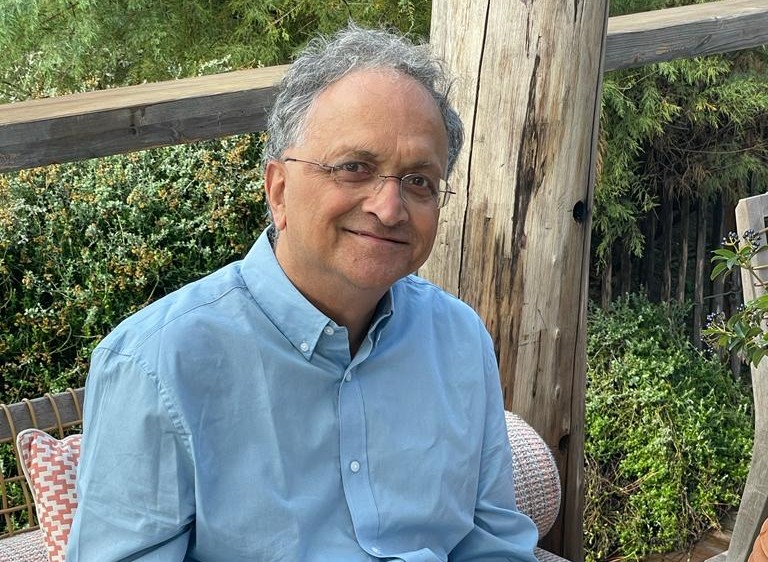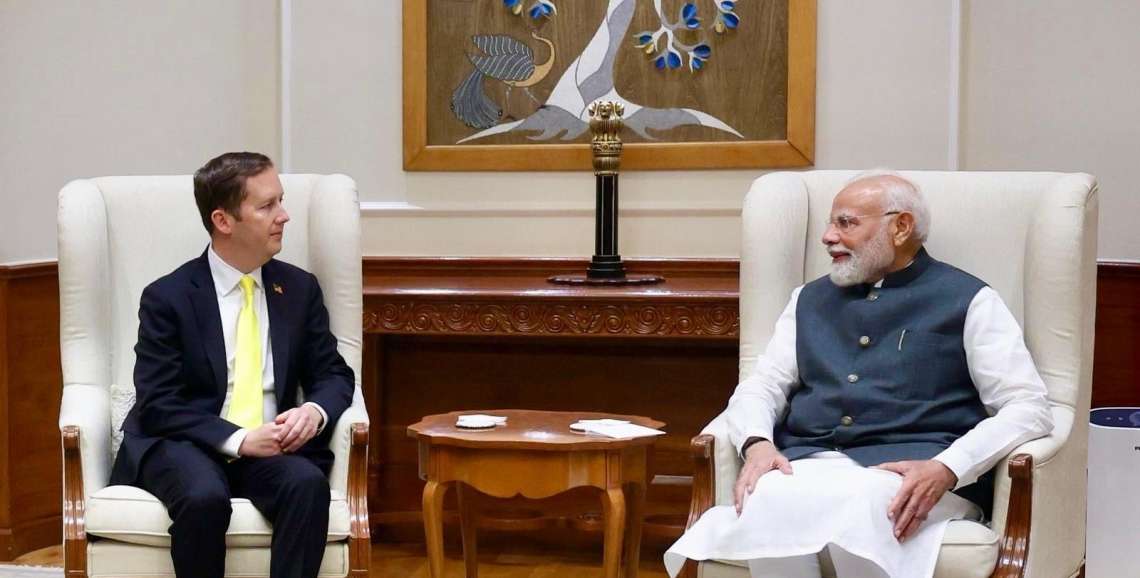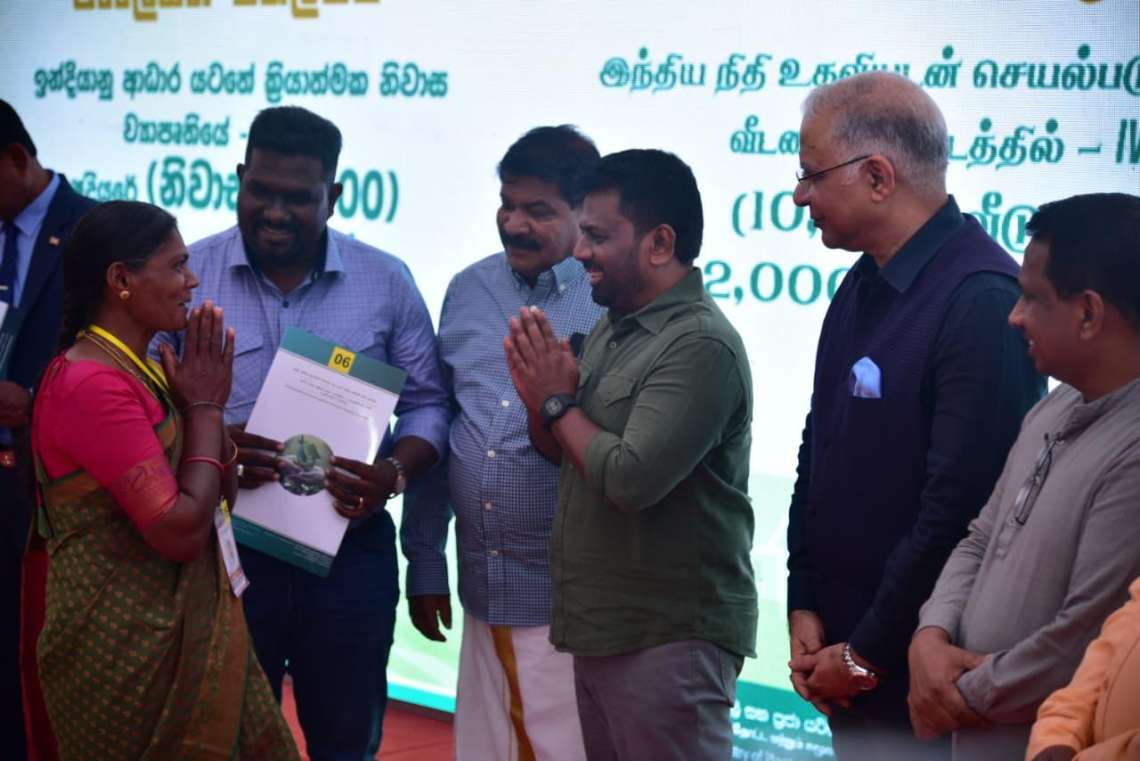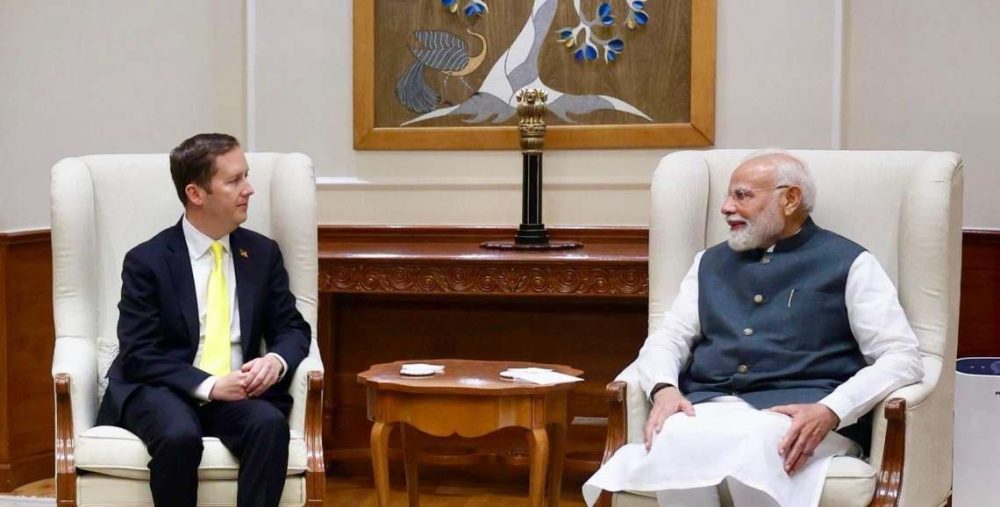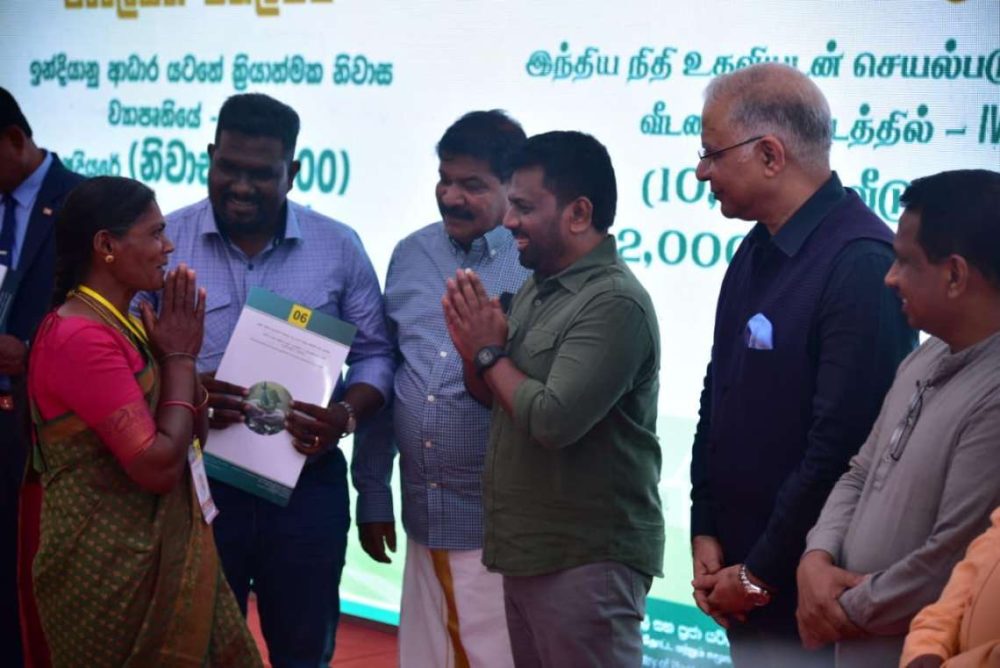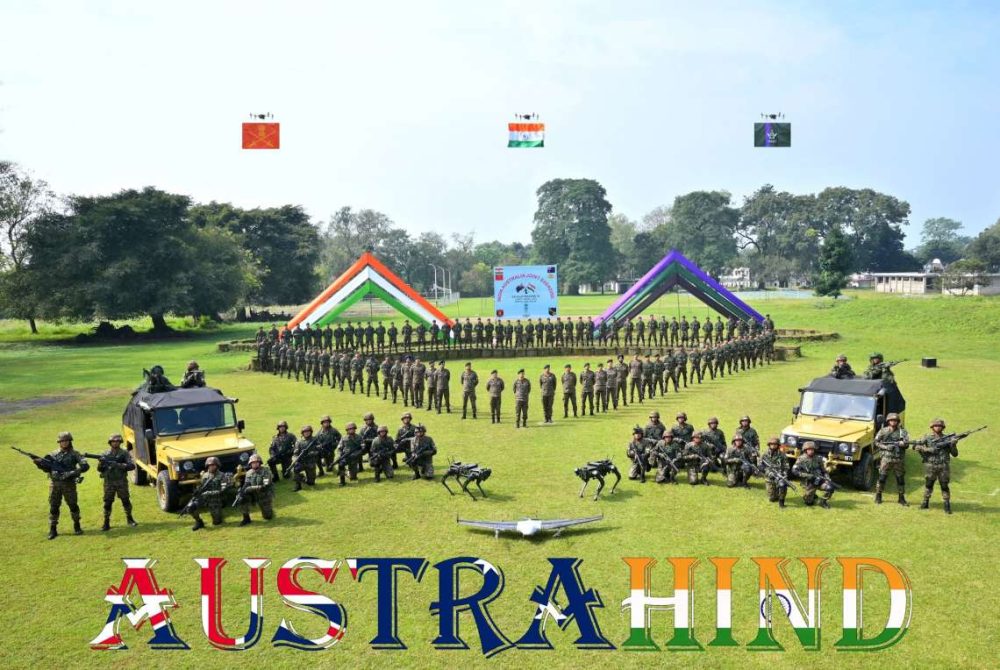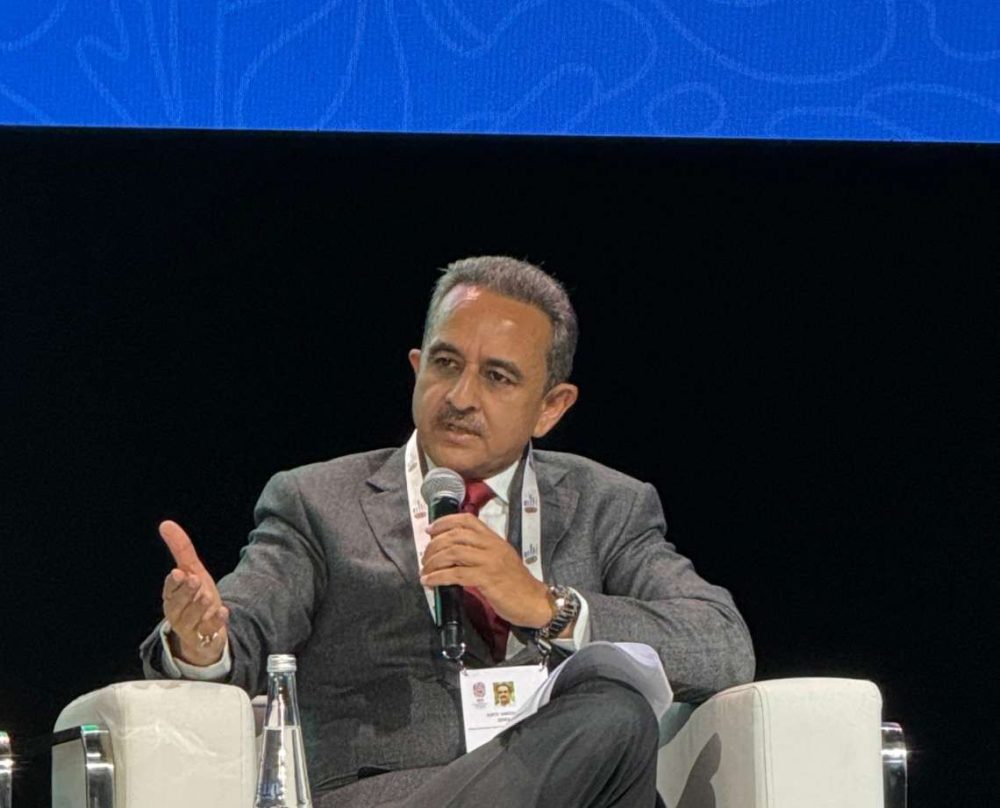By the canons of orthodox social science, countries like India are not supposed to have an environmental consciousness. They are, as it were, ‘too poor to be green’. In this deeply researched book, Ramachandra Guha challenges this narrative by revealing a virtually unknown prehistory of the global movement set far outside Europe or America. Long before the publication of Rachel Carson’s Silent Spring and well before climate change gained currency as a term, ten remarkable individuals wrote with deep insight about the dangers of environmental abuse from within an Indian context. In strikingly contemporary language, Rabindranath Tagore, Radhakamal Mukerjee, J.C. Kumarappa, Patrick Geddes, Albert and Gabrielle Howard, Mira, Verrier Elwin, K.M. Munshi and M. Krishnan wrote about the forest and the wild, soil and water, urbanization and industrialization. Positing the idea of what Guha calls ‘livelihood environmentalism’ in contrast to the ‘full-stomach environmentalism’ of the affluent world, these writers, activists and scientists played a pioneering role in shaping global conversations about humanity’s relationship with nature. Spanning more than a century of Indian history and decidedly transnational in reference, Speaking with Nature offers rich resources for considering the threat of climate change today. An interview feature by columnist Riccha Grrover for Asian Lite International.
RG: In your book Speaking with Nature, you explore the relationship between humans and nature. What inspired you to examine this theme and how do you think our connection with nature has evolved over time?
Mr. Guha (RCG): This book marks my return to the field of environmental history, a field I first ventured into 40 years ago. My first book was about the celebrated Chipko movement in the Himalayas, and later I wrote on forest policy and environmental conflicts around the world. Over time, I shifted towards political history and focused on figures like Gandhi. But through this book, I’ve come back to my original passion—environmentalism.
My interest has always been in understanding environmental sustainability, not just from the perspective of conservation but also from the lens of social justice. I’ve explored the relationship between humans and nature, as well as the complex relationships among different human communities and how they relate to one another and to the environment.
This book highlights ten individuals, starting with Rabindranath Tagore, spanning from the late 19th century to the mid-20th century. These figures were pioneering environmentalists who brought attention to critical issues like deforestation, soil erosion, water scarcity, and the destructive impact of industrialization on natural habitats—long before these became mainstream concerns. In the Indian context, you could say this is environmentalism before climate change.
Although the book is a scholarly work rather than an advocacy piece, I believe that by reading the concerns of these historical figures, readers will recognize how remarkably relevant their arguments still are today, even though they are no longer with us.

RG: In your book, you blend historical narratives with environmental themes. How do you think the historical figures you discuss have shaped the way we perceive and interact with the natural world today?
RCG- These historical figures were dissenters, challenging the dominant narratives of their time. They warned against blindly emulating Western models of economic and industrial development, urging a more thoughtful and sustainable approach. In many ways, they were ahead of their time—prophets without honor in their own country. Today, as India faces numerous environmental crises, their warnings seem more pertinent than ever.
As you know, the cities of northern India suffer from some of the highest rates of air pollution in the world. Rivers like the Yamuna, Ganga, Kaveri, and Narmada are biologically dead. The agricultural heartland of India, Punjab, is grappling with a severe water crisis due to the over-exploitation of aquifers. And on top of these issues, we now face the additional threat of climate change, with unpredictable weather events only exacerbating existing problems.
These environmental challenges—air and water pollution, soil degradation, forest depletion—aren’t just aesthetic concerns; they impact the lives and livelihoods of hundreds of millions of Indians. These thinkers, in their time, advocated for a more prudent, wiser, and more compassionate relationship with nature. Their ideas are not just relevant today; they offer us a chance to reverse some of the damage we’ve done if we take their warnings seriously. That’s the core message of this book—the urgency of heeding these voices before it’s too late.
RG: In today’s fast-paced world, technology often creates a disconnect from nature. How do you think we can rekindle a more harmonious relationship with the environment in modern society?
RCG: Yes, you’re absolutely right. Technology does not only disconnect us from nature, but it also isolates us from one another. Take smartphones, for example. They’re a fantastic invention with immense benefits—they allow us to communicate with friends and access information instantly. But at the same time, they also individualize us. How often do you go to an airport and see groups of friends sitting together, yet all glued to their smartphones, not talking to each other? Or you see couples at a restaurant, perhaps even on a romantic date, where both people are absorbed in their phones rather than engaging with one another.
In many ways, contemporary technology encourages isolation. Even if you’re concerned about nature—the state of our forests, air, water, and soils—you still need to relearn how to work collectively and cooperatively with others to ensure a sustainable future. This is a central idea in my book: environmental responsibility goes hand in hand with compassion toward your fellow human beings. These two aspects are intertwined.
Modern technology often contributes to this individualizing effect, and the challenge is to find ways to use it effectively, such as using a smartphone for its positive aspects, without letting it further disconnect us from nature or from human connection. This is a challenge we all face, especially the younger generation. I grew up in an era without computers, where conversation and collective action were a part of everyday life. For today’s youth, however, everything seems to be centered around the individual and their device. This shift can create barriers to collaboration, whether it’s to protect nature or to alleviate human suffering.
I don’t want to sound overly pessimistic, but I think figures like Rabindranath Tagore were among the first to recognize that modernity is a double-edged sword. On one hand, it can emancipate, but on the other, it can confine and stifle. The key is learning how to engage with it wisely.
RG: How have your own experiences with nature influenced the perspectives you present in this book? Are there any personal moments in nature that particularly shaped your views on the environment?
RCG: I must say, the process of my research has been crucial in shaping the perspectives I present in this book. I was fortunate to grow up in the Himalayan foothills, surrounded by forests, rice fields, and water bodies. However, I don’t think my personal experiences are as significant as the insights I’ve gained through my studies as a historian. Through my research, I’ve come to understand the capacity of individuals and societies to self-destruct, particularly when they embrace ways of living, producing, and consuming that they believe are liberating and emancipatory but, in the long run, are damaging and destructive.
For example, take the smartphone. While it’s a marvelous invention that offers countless benefits, it also contributes to individualism and disconnects us from one another and the environment. Similarly, the motor car is another example of a technology that, while it offers greater freedom, is a major contributor to the climate change crisis due to its reliance on fossil fuels. This, in turn, has led to global warming.
As a scholar, I don’t like to center myself in the discussion. It’s not so much my personal experiences or motivations, but rather my research and reflections that inform the conclusions I draw about India’s future or the world’s trajectory. My aim has been to communicate this research and scholarship in an accessible way—using clear, everyday language rather than complex technical jargon. The book reflects the experiences of ordinary people, rather than being focused on my own personal journey. In that sense, I believe it’s the research that matters most, not my individual life or experiences.
RG: What do you hope readers will take away from *Speaking with Nature*? Are there any mindset shifts you hope to inspire?
RCG- As I mentioned at the outset, this book is a work of scholarship, not advocacy. Every reader will respond to it in their own way, and they may internalize some lessons in terms of how they think, write, act, and relate to others. My primary goal has been to make my research and findings accessible. The first step in this process was to write the book in clear, understandable language, which I’ve aimed to do.
The second step is to ensure that my book reaches as wide an audience as possible, so I’ve made efforts to have it translated into as many languages as possible. As you know, English is a minority language in India, spoken primarily by the elite, intellectuals, and those with advanced degrees. To address this, my book has already been translated into Hindi, Malayalam, Tamil, and Bengali, with Telugu translations also commissioned. In total, it will be available in five languages, with a couple more on the way.
I also engage with people through interviews and newspaper columns, which are often translated into several languages, to discuss the environmental and social challenges we face. But, ultimately, I’m clear about the limitations of my role as a writer and scholar. While I can document the problems we face in detail, I am not in a position of power to effect the transformations required to improve our lives or the state of nature and society. It would be a form of hubris for a writer or scholar to claim they can single-handedly transform society.
What I can do is illuminate the dilemmas and anxieties we face today through my research and scholarship. Perhaps my work can help others think more deeply and seriously about these issues in a more nuanced and complex way than those without academic training. But a historian should not see themselves as a prophet, a seer, or even an adviser to the government. The role of an educator is to promote learning and knowledge, and if they do that well, seriously, and honestly, then they are fulfilling their vocation.
RG: Do you believe that individual actions can lead to broader change when it comes to environmental preservation and shifting mindsets?
RCG- I believe individual actions can certainly play a role. Gandhi, who is also featured in this book, set an example by living simply and gently on the earth. Small personal choices—such as using public transport, being mindful of non-biodegradable waste, and moderating consumption—can make a difference. However, the real impact will come from scientific research and collective action, which will ultimately lead to larger, more significant change.
The first step, though, is recognizing that we are facing a genuine crisis. The environmental challenges confronting India and the world are serious and raise fundamental questions about the sustainability of human civilization itself. Human beings now possess the capacity for collective self-destruction. Tigers, elephants, ants, and beetles cannot destroy themselves through greed or arrogance, but humans have the potential to do so. This awareness—once it takes hold—may lead to the necessary remedial action.
RG: What was your aspiration when you set out to write this book?
RCG- My aspiration was to research this book as rigorously as possible, to formulate my arguments clearly and thoughtfully, and to communicate all of this in prose that is accessible to everyone. That was my goal, but it’s ultimately for the readers to judge. The true test of a book—especially a work of scholarship—is whether it continues to be read 10, 15, or 20 years from now. This is different from, say, a popular novel or a murder mystery, which seeks immediate attention, or a celebrity biography about a pop star or a footballer. A work like this, which tackles serious social and cultural issues affecting humanity, should resonate not only with readers today but also with those in the years to come. These problems won’t disappear—they will persist, and we will need to continue addressing them.
RG: How long did it take you to gather the information and decide on the structure for this book?
RCG- A book of this nature, which involves thorough and serious historical scholarship, typically takes between three and five years to research, write, rewrite, and finally publish. For me, it took about three to three and a half years of focused, concentrated effort. However, in essence, I’ve been working in this field for over 40 years, so this book is the result of both direct and indirect preparation over the course of my entire career, with those three and a half years being the period of dedicated work on this particular project.
RG: Were there any surprising discoveries or challenges during the writing process that you didn’t expect?
RCG- Yes, I think the most surprising discovery was just how much of an environmentalist Rabindranath Tagore truly was. That’s why my book begins with him, as he was a monumental figure. Of course, he was not only the first Indian but the first Asian to win a Nobel Prize in any field. He’s celebrated for his poetry, for composing songs, for establishing a renowned university, and for becoming a celebrated artist later in life. His novels and plays are still widely read, and many of his plays have been performed and adapted into films by great directors like Satyajit Ray. He is, in many ways, a Renaissance figure, akin to someone like Leonardo da Vinci in the Indian context.
However, what I discovered was a lesser-known, underappreciated side of Tagore: his profound environmentalism. He wrote extensively about trees, birds, rivers, and mountains, and integrated environmental education into his school and university. His understanding of Western imperialism as a form of ecological exploitation was also remarkable. Finally, his prophetic warnings about the destructive ambitions of industrial and urban society were ahead of his time.
Any Indian, whether Bengali or not, is familiar with Tagore. We know his music, his influence on figures like Mahatma Gandhi, Jawaharlal Nehru, and Subhash Chandra Bose, and his enduring impact on literature and film. But to realize that, in addition to all this, he was also a pioneering environmentalist was, for me, a delightful and entirely unexpected discovery.
RG: What are your future aspirations for your book? You mentioned its translation into various languages—what further kind of reach or impact do you hope it will have?
RCG- Yes, so on one hand, I hope that the book will be translated into more languages, as I’ve mentioned. A second ambition I have is for it to remain relevant not just next month, but also next year, five years from now, and beyond. Another aspiration, which I’ve already touched on, is that the book will inspire further exploration into the history of environmentalism, especially among younger scholars who may delve into aspects of our history that I’ve only hinted at or briefly touched upon in the book, but not fully developed.
You see, any work of history is part of an ongoing conversation—it builds upon what has come before and takes the discussion further. My hope is that other scholars, with different sensibilities, talents, and aspirations, will carry the conversation to the next level. And somewhere in their future books, there might be a footnote saying, “I was inspired to write this or provoked to explore this topic by *Speaking with Nature*.” Even if their arguments differ or they continue the debate in a new direction, that’s what any scholar hopes for—to contribute original research, yes, but also to catalyze, stimulate, and provoke future researchers and scholars.
About the Author
Ramachandra Guha was born and raised in the Himalayan foothills. He studied in Delhi and Kolkata, and has lived for many years in Bengaluru. His books include a pioneering environmental history, The Unquiet Woods, a landmark history of the Republic, India after Gandhi, and an authoritative two-volume biography of Mahatma Gandhi, each of which was chosen by the New York Timesas a Notable Book of the Year. His books and essays have been translated into more than twenty languages.
Ramachandra Guha has taught at Stanford and Oslo, held the Phillippe Roman Chair at the London School of Economics, and served as the Satish Dhawan Visiting Professor at the Indian Institute of Science. He is currently Distinguished University Professor at Krea University. Guha’s awards include the Leopold-Hidy Prize of the American Society of Environmental History, the Howard Milton Prize of the British Society for Sports History, the Elizabeth Longford Prize for Historical Biography, the Sahitya Akademi Award, and the Fukuoka Prize for contributions to Asian studies. He is the recipient of an honorary doctorate in the humanities from Yale University.
ABOUT HARPERCOLLINS PUBLISHERS INDIA
HarperCollins is celebrating its 30th anniversary this year, having begun publishing in India in 1992. HarperCollins India publishes some of the finest writers from the Indian Subcontinent and around the world, publishing approximately 200 new books every year, with a print and digital catalogue of more than 2,000 titles
across 10 imprints. Its authors have won almost every major literary award including the Man Booker Prize, JCB Prize, DSC Prize, New India Foundation Award, Atta Galatta Prize, Shakti Bhatt Prize, Gourmand Cookbook Award, Publishing Next Award, Tata Literature Live! Award, Gaja Capital Business Book Prize, BICW Award, Sushila Devi Award, Sahitya Akademi Award and Crossword Book Award. HarperCollins India also represents some of the finest publishers in the world including Harvard University Press, Gallup Press, Oneworld, Bonnier Zaffre, Usborne, Dover and Lonely Planet. HarperCollins India has won the Publisher of the Year Award four times at Tata Literature Live! in 2022, 2021, 2018 and 2016, and at Publishing Next in 2021 & 2015. HarperCollins India is a subsidiary of HarperCollins Publishers.


